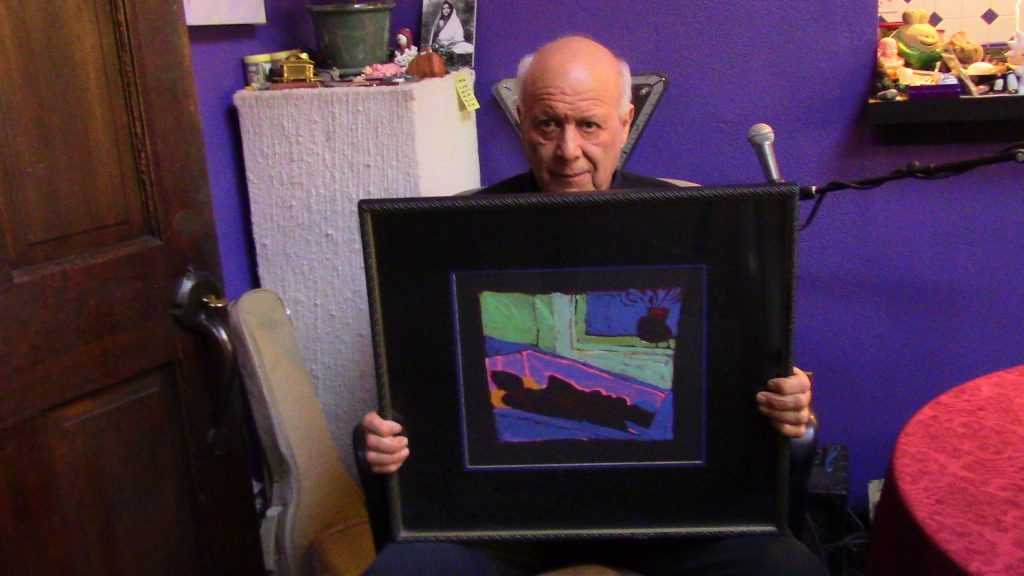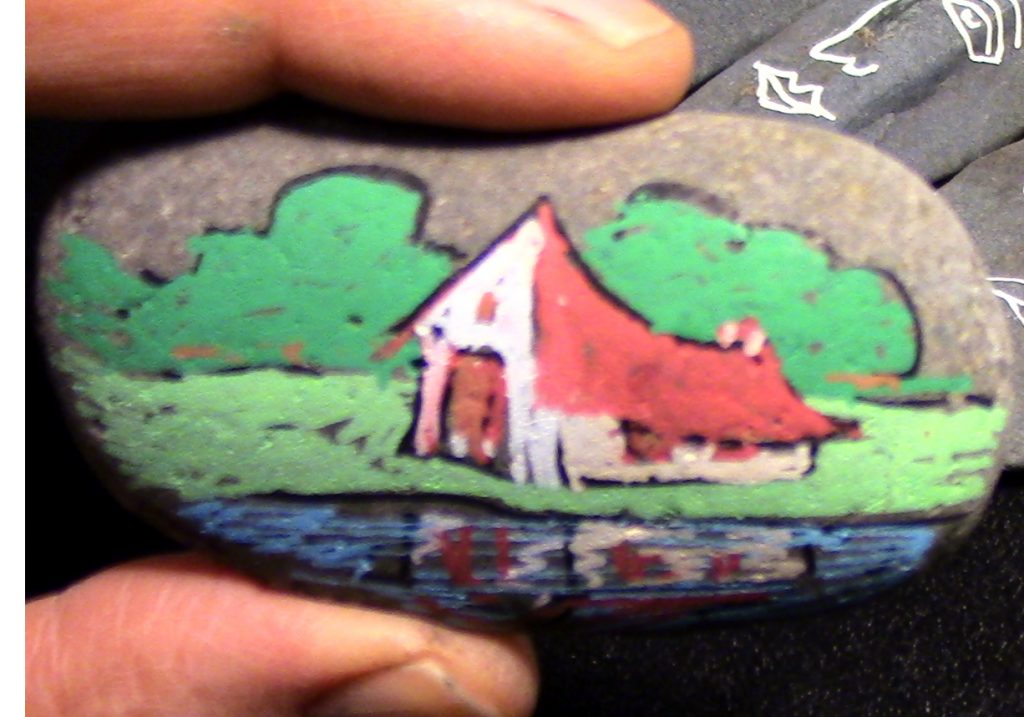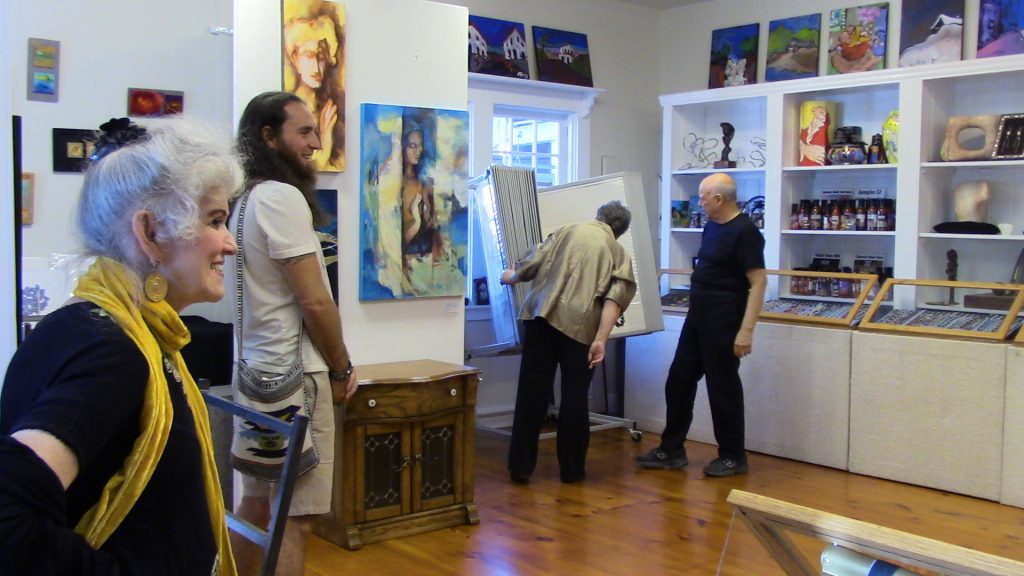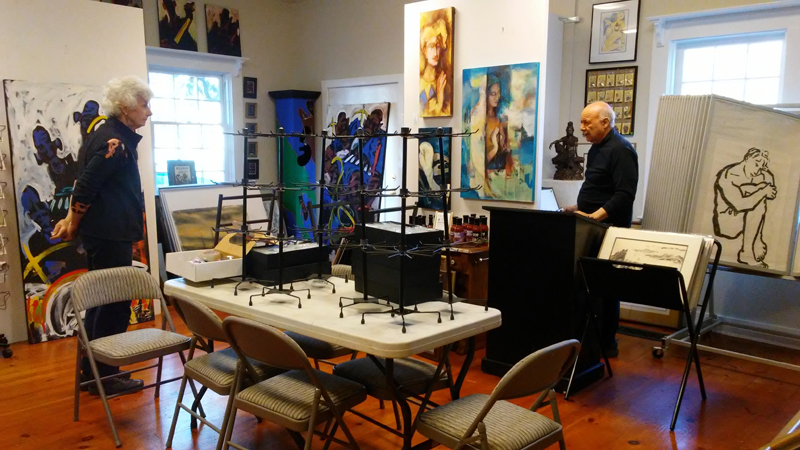
My serigraphs used to retail at $1800-$3000, but we haven’t marketed them for at least 20 years — what are today’s prices? No idea, but we’re going to find out.
I intend to dig out some of those serigraphs, produced in the days before computer generated “giclee” color printing. These are from pastel originals. They are each and every one completely hand-printed, each color laid down separately, through a carefully prepared silkscreen, until all colors are present on the print.
Technically, it is “a work on paper”, and is produced in a profoundly limited run, hence it is sometimes referred to as “a multiple original” or “an original multiple”, depending on what part of the country your gallery might be standing.
I’m offering them today at ridiculously low prices, because my market has yet to be re-established in the marketplace.
Hence and therefore, the serigraph “Me & My Money” is available FRAMED to retail at $850, which means that your wholesale cost will be $350, allowing you to “keystone double”, which is standard retail practice.
Keep in mind that this piece comes framed, and that means money. If you don’t want it framed, take off $50 and we’ll ship you the serigraph flat — I don’t roll prints if I can help it — of course, large paintings on canvas are quite another matter.
There are not many of any of my earlier serigraphs left — they sold surprisingly well at the time — so if you want one of these compelling and dramatic pieces, better say so right now. Please don’t contact me months from now and expect to get one of these serigraphs. Continue reading






